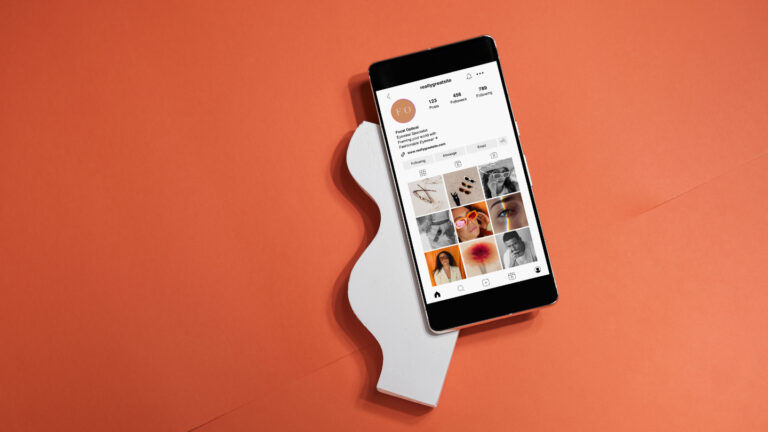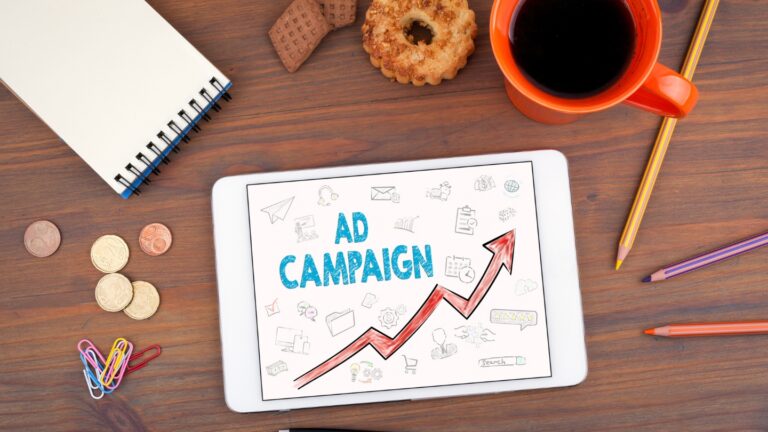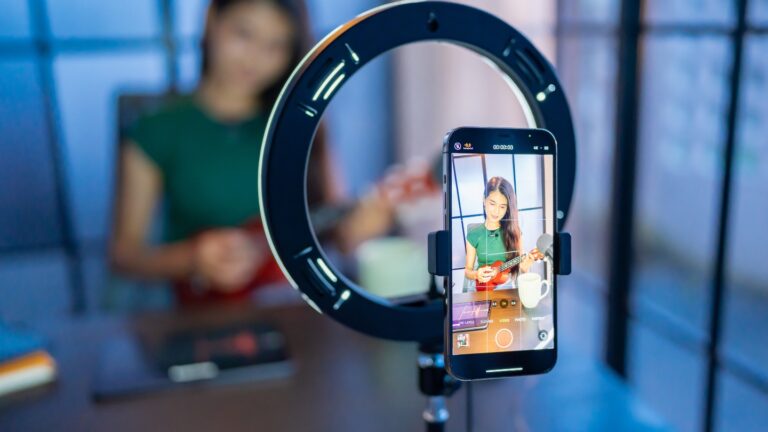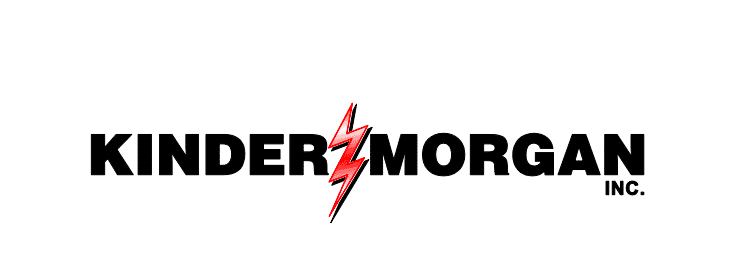Introduction

In today’s highly connected digital landscape, consumers don’t just consume content—they create it. This dynamic shift has given rise to one of the most powerful marketing tools available to modern brands: User-Generated Content (UGC). From glowing reviews and tagged Instagram posts to unboxing videos and customer testimonials, UGC comes in many forms, all of which share a common trait—authenticity. Unlike traditional branded content, which is crafted by marketing teams and filtered through brand guidelines, UGC is created by real people, in real-life situations, with genuine opinions. As such, it brings with it a level of trust, relatability, and social proof that paid campaigns often struggle to replicate. For businesses striving to connect with consumers on a more personal and credible level, incorporating UGC into their strategy is not just recommended—it’s essential.
Building Trust Through Authenticity

At the core of UGC’s appeal is trust. Consumers are increasingly skeptical of brand messaging and traditional advertising, instead placing more value on the voices of fellow consumers. Studies consistently show that people are more likely to trust peer recommendations and reviews over corporate messaging. When customers share their honest experiences online, they provide a form of social validation that is far more persuasive than a brand’s own promotions. A selfie of someone using your skincare product, a review highlighting your customer service, or a video unboxing your latest gadget—all of these become digital testimonials that communicate trustworthiness. This layer of authenticity becomes particularly important in competitive industries where consumers are inundated with choice. A user-generated endorsement can cut through the noise and directly influence purchasing decisions.
Driving Engagement and Community Connection

Beyond trust, UGC fosters deeper engagement and strengthens the sense of community around a brand. When people see others interacting with a brand, it creates a ripple effect of participation. A customer who sees their photo reposted by a brand may feel a sense of pride, while others might be inspired to contribute their own experiences in hopes of being featured. This cycle of engagement turns passive customers into active brand advocates. Moreover, UGC enables brands to create a two-way dialogue with their audience. Instead of broadcasting messages, brands become listeners and amplifiers, celebrating the stories and creativity of their community. This participatory approach enhances emotional connection and loyalty, as customers no longer feel like outsiders but collaborators in the brand journey.
The Cost-Effectiveness of UGC

Another major advantage of UGC is its cost efficiency. Creating high-quality content in-house requires time, resources, and often a sizable budget. Professional photoshoots, copywriting, videography, and editing all add up quickly. UGC, on the other hand, provides a continuous stream of content that is not only authentic but also often free or low-cost. While it’s important to compensate creators in some cases—especially influencers or content creators with larger followings—much of UGC comes organically from satisfied customers who want to share their experience. This allows brands to maintain a steady flow of engaging content across platforms without the financial strain of constant content production. As long as the brand has a system in place to collect, manage, and repurpose this content effectively, UGC becomes a sustainable solution to the content creation challenge.
Encouraging Customers to Create UGC

To fully leverage UGC, brands must be proactive in encouraging their audiences to create and share content. One of the simplest and most effective methods is through branded hashtags. A unique, memorable hashtag gives users a clear way to contribute and makes it easier for brands to discover new content. For example, a fitness brand might use a hashtag like #TrainWithStrength to gather posts from customers using their equipment. Beyond hashtags, contests and giveaways can significantly boost participation. By incentivizing users to post content in exchange for the chance to win a prize or be featured, brands can generate a burst of activity. However, even without monetary rewards, many consumers are motivated by recognition and the opportunity to be acknowledged by the brand they love. Personal invitations to share content—through email follow-ups, packaging inserts, or direct social media prompts—also go a long way in boosting UGC volume.
Curating and Showcasing UGC Across Channels

Once user-generated content starts flowing in, the next step is effective curation and integration. Not all content will align with the brand’s tone, visual style, or message, so thoughtful selection is important. Once chosen, UGC should be used strategically across marketing channels to maximize its impact. Social media is the most obvious platform, where customer photos and videos can be shared via posts, stories, reels, or highlights. Many brands dedicate weekly slots to community spotlights or “fan features,” reinforcing the feeling that the audience is an integral part of the brand. UGC is also incredibly powerful on websites—especially on product pages—where it adds credibility and can influence purchasing decisions. Seeing real customers using a product is often more convincing than any studio shot or marketing claim. Email marketing campaigns that include customer quotes or visuals also tend to see higher engagement, as the content feels more personal and less promotional.
Using UGC in Paid Advertising

One of the most effective and often underused applications of UGC is in paid advertising. Ads that include authentic customer content usually outperform traditional ad creatives. This is because they are inherently more relatable and less polished, which in today’s environment, actually builds more trust. However, brands must ensure they have the necessary rights and permissions before using UGC in any paid media. While reposting a tagged photo on Instagram might fall under fair use with credit, including that same photo in a paid Facebook ad requires explicit permission. Being transparent, respectful, and clear in communication with content creators is critical to maintaining trust and legal compliance. When done right, UGC in advertising not only boosts performance metrics but also positions the brand as approachable and community-driven.
The Role of Feedback and Criticism

It’s important to understand that not all UGC will be positive, and that’s okay. Negative feedback, when handled with grace and professionalism, can be just as valuable as praise. Addressing criticisms publicly shows that a brand listens, learns, and values honesty. This transparency builds even more trust with consumers, who appreciate brands that are willing to improve rather than cover up issues. In some cases, a well-handled negative review can turn a dissatisfied customer into a loyal advocate. Brands should view feedback as a gift and an opportunity to grow, rather than something to suppress.
Legal Considerations and Content Rights

While the benefits of UGC are numerous, brands must also pay close attention to the legal side of things. Just because a customer tags your brand or posts publicly doesn’t mean you automatically have the right to use their content. Always ask for permission before sharing, and when necessary, create simple terms and conditions for UGC campaigns that outline how submissions will be used. Clear communication helps avoid confusion or disputes and reinforces the brand’s professionalism. As privacy and intellectual property laws continue to evolve, especially in markets like the EU and the US, brands must remain vigilant and ethical in how they collect and distribute UGC.
Real-World Examples of UGC in Action

Many of the most successful and beloved brands have built their identities on the foundation of UGC. GoPro is a textbook example, with its entire brand aesthetic rooted in content created by its adventurous, thrill-seeking users. Their social feeds are filled with user-submitted photos and videos captured using GoPro cameras, turning everyday customers into brand ambassadors. Similarly, Airbnb uses UGC in the form of host and guest photos, showcasing real-life travel experiences to inspire and inform potential customers. The beauty brand Glossier has made UGC central to its DNA by sharing makeup routines, skincare transformations, and testimonials from everyday users across its social and digital platforms. These examples demonstrate how powerful and sustainable a UGC strategy can be when fully embraced.
Conclusion

User-generated content is far more than a fleeting trend—it’s a fundamental shift in how brands and consumers interact. In an era defined by transparency, community, and digital storytelling, UGC offers a bridge between brand messaging and real-world experience. It builds trust, increases engagement, fuels creativity, and provides cost-effective marketing content that resonates with today’s audiences. But success with UGC doesn’t happen passively. It requires intention, consistency, and a genuine appreciation for the voices of your customers. Brands that listen, amplify, and celebrate their community through UGC are not just boosting their marketing efforts—they’re building movements. And in a crowded marketplace, that kind of loyalty is the most valuable asset of all.






















